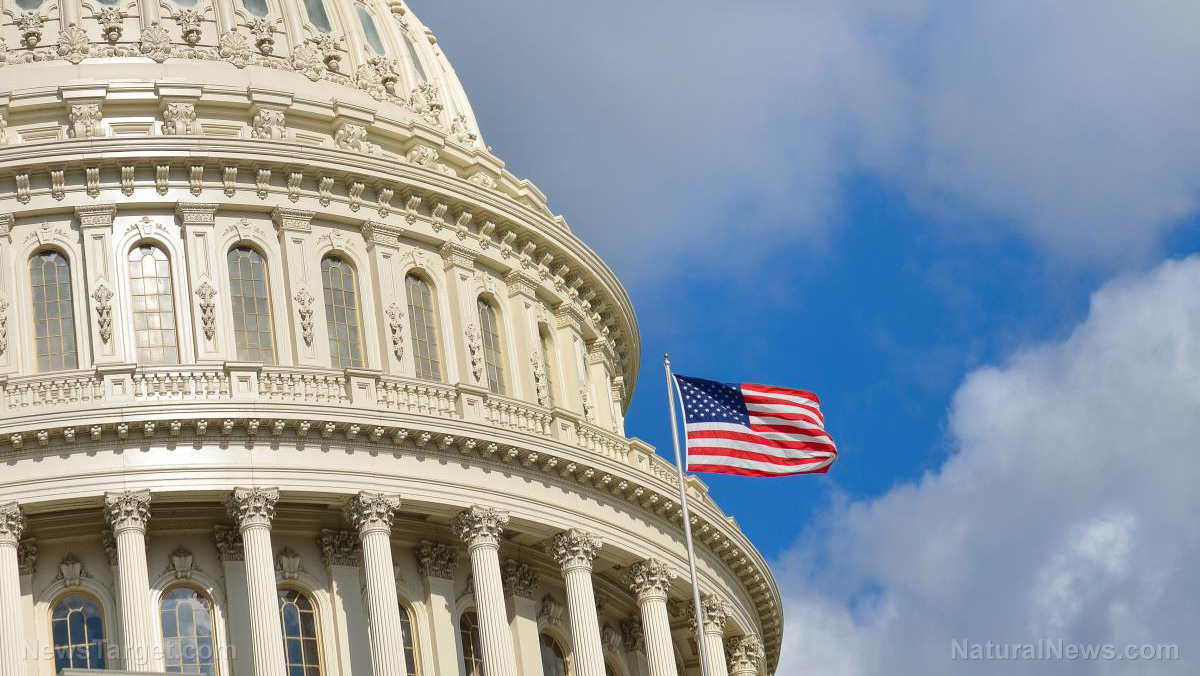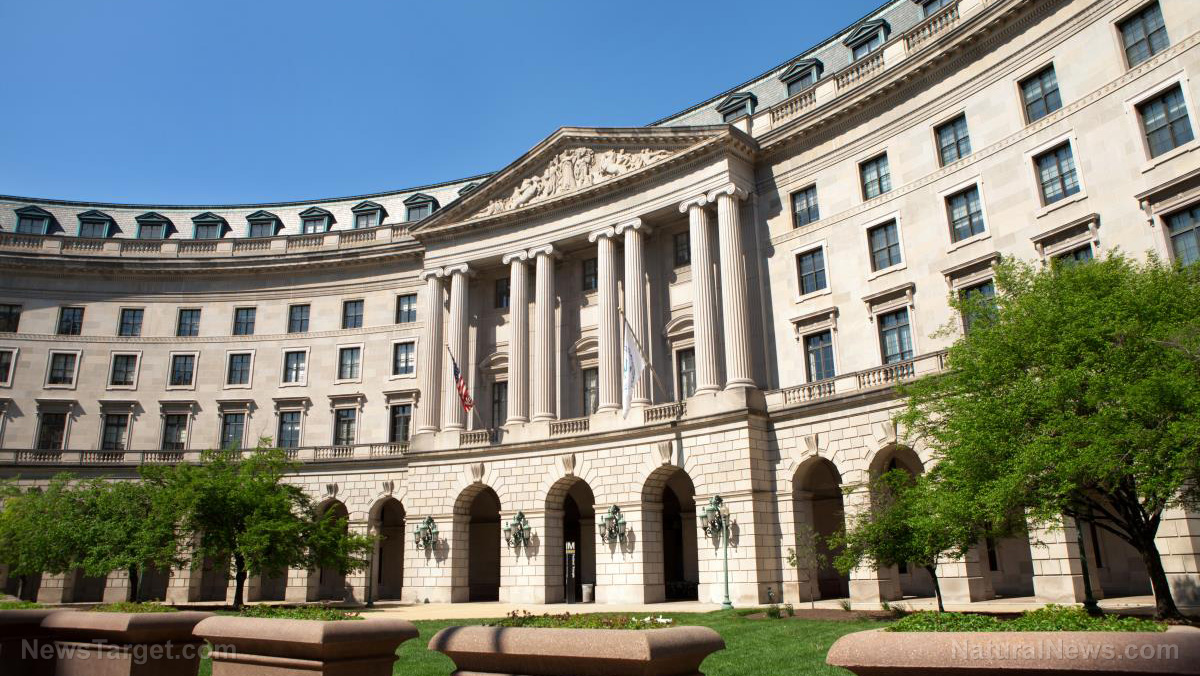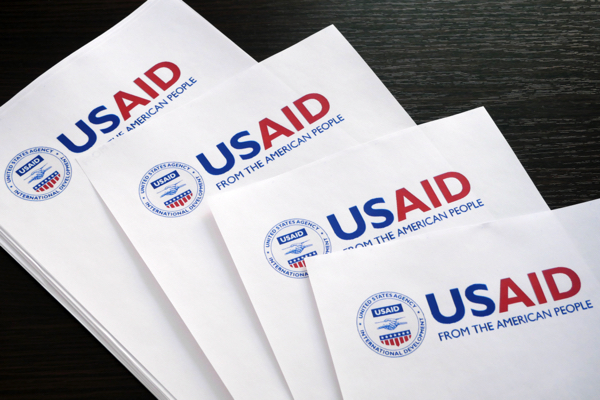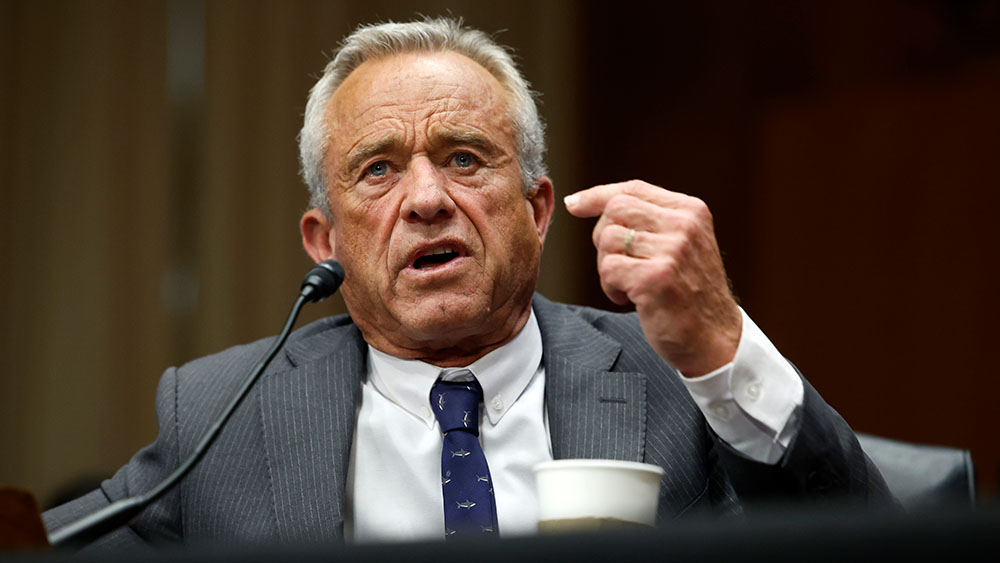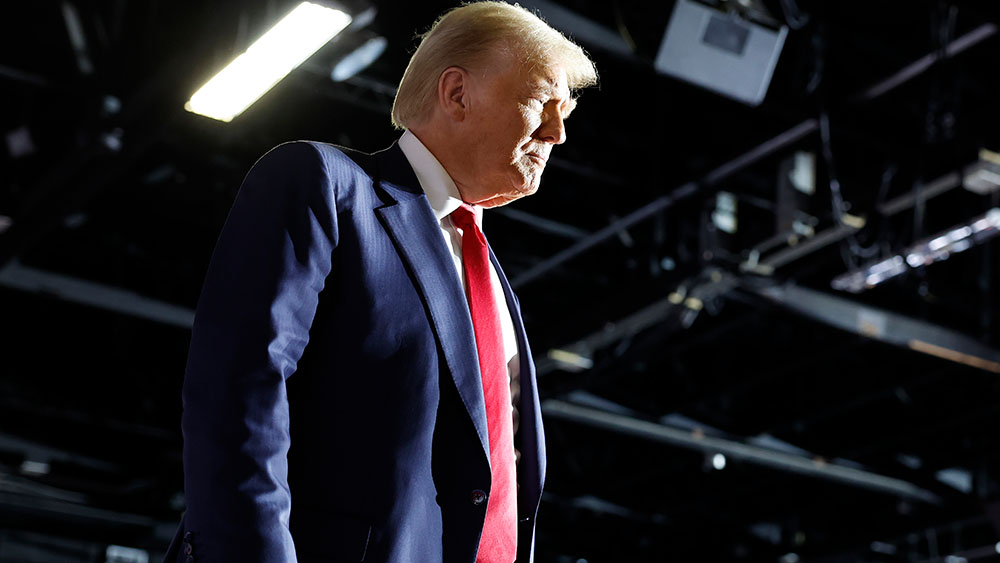The country of trillion-dollar bills: Zimbabwe’s decades-long battle against hyperinflation
01/20/2025 / By Arsenio Toledo
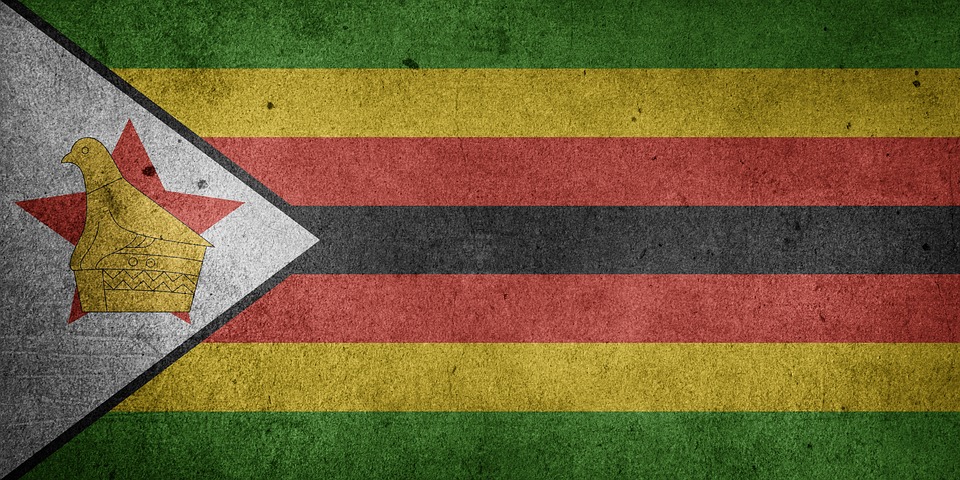
- Zimbabwe experienced one of the worst hyperinflation crises in modern history, peaking at 79.6 billion percent in November 2008, driven by political mismanagement, corruption and excessive money printing.
- The crisis, exacerbated by poorly executed land reforms and military spending, led to widespread unemployment, food shortages and a worthless currency, with citizens resorting to bartering or foreign currencies.
- In 2009, Zimbabwe abandoned its currency and adopted foreign currencies, stabilizing inflation temporarily, but reintroducing a national currency in 2019 reignited inflationary pressures.
- In April 2024, Zimbabwe launched the ZiG, a gold-backed digital currency, aiming to curb inflation and restore economic stability, though skepticism remains about its long-term success.
Zimbabwe’s battle with hyperinflation, which peaked at an astronomical 79.6 billion percent in November 2008, remains one of the most extreme economic collapses in modern history.
The crisis, rooted in decades of political mismanagement, corruption and ill-advised policies, left the nation’s currency worthless, unemployment at 80 percent and citizens struggling to afford basic goods.
Today, as Zimbabwe introduces a new gold-backed digital currency, the ZiG, the nation’s turbulent history offers critical lessons on the dangers of unchecked money printing and the importance of restoring public trust in monetary systems. (Related: Zimbabwe introduces new currency BACKED BY GOLD.)
The seeds of Zimbabwe’s economic collapse were sown in the 1990s under the leadership of President Robert Mugabe, who would rule the nation with an iron fist for 30 years.
A series of poorly executed land reforms, which redistributed farmland from White owners to Black farmers, led to a sharp decline in agricultural output. By 2000, food production had plummeted, exacerbating food shortages and driving up prices.
Compounding the crisis, the government printed more and more money to finance military operations in the Democratic Republic of the Congo and to cover mounting debts.
“The government’s decision to print money to fund its spending was a catastrophic mistake,” said one economist familiar with Zimbabwe’s history. “It created a vicious cycle where inflation spiraled out of control, and the currency became worthless.”
By 2008, the situation had reached a breaking point. The Reserve Bank of Zimbabwe issued banknotes in denominations as high as ZW$100 trillion, rendering the currency virtually useless. Citizens resorted to bartering or using foreign currencies like the American dollar to conduct transactions.
Endless money printing led to hyperinflation crisis that devastated Zimbabwe and its people
The hyperinflation crisis devastated Zimbabwe’s economy and its people. Unemployment soared, and those who retained jobs saw their wages rendered meaningless as prices doubled daily. Basic goods became unaffordable, and shortages were rampant.
“People became ‘poverty billionaires,'” said one observer. “A loaf of bread cost billions of Zimbabwean dollars, but no one had the money to buy it.”
The collapse of the financial system further deepened the crisis. Banks ceased lending, businesses shuttered and investments dried up. The government’s attempts to impose price controls only worsened shortages, as suppliers had no incentive to produce goods at artificially low prices.
In 2009, Zimbabwe abandoned its currency and adopted foreign currencies, primarily the American dollar, to stabilize prices and restore confidence. This worked for nearly a decade, with inflation plummeting to a record-low 4.3 percent by 2018.
However, the government’s decision to reintroduce a national currency in 2019 – the RTGS (Real Time Gross Settlement) dollar – reignited inflationary pressures. By 2020, inflation had surged back up to 417 percent before slightly slowing down. In 2023, inflation was still as high as 172 percent.
In April 2024, Zimbabwe launched the ZiG, a digital currency backed by gold reserves, in an effort to curb inflation and restore stability. The ZiG is accompanied by physical gold coins, offering a tangible counterpart to the digital currency. While the move draws inspiration from the gold standard of the 20th century, skepticism remains.
“The success of the ZiG depends on the government’s ability to manage gold price fluctuations and regain public trust,” said a financial analyst. “Without transparency and accountability, history could repeat itself.”
Zimbabwe’s hyperinflation crisis underscores the dangers of unchecked money printing, fiscal irresponsibility and the erosion of public trust in monetary systems. The nation’s recovery efforts, while promising, highlight the challenges of rebuilding an economy after such a catastrophic collapse.
Watch this video from financial expert Lynette Zang discussing how Zimbabwe’s currency transition is creating an artificial market.
This video is from the What Is Happening channel on Brighteon.com.
More related stories:
Zimbabwe defies IMF, sells gold-backed digital tokens to stabilize volatile currency.
Zimbabwe needs $100 million in gold to support ambitious digital currency plan.
Zimbabwe central bank announces gold currency to combat inflation.
Sources include:
Submit a correction >>
Tagged Under:
big government, Bubble, Collapse, currency crash, currency reset, debt bomb, debt collapse, economic collapse, economic riot, economics, economy, finance, finance riot, financial crash, government debt, market crash, Money Printing, money supply, national debt, risk, Zimbabwe, Zimbabwean dollar
This article may contain statements that reflect the opinion of the author
RECENT NEWS & ARTICLES
COPYRIGHT © 2017 COLLAPSE.NEWS
All content posted on this site is protected under Free Speech. Collapse.news is not responsible for content written by contributing authors. The information on this site is provided for educational and entertainment purposes only. It is not intended as a substitute for professional advice of any kind. Collapse.news assumes no responsibility for the use or misuse of this material. All trademarks, registered trademarks and service marks mentioned on this site are the property of their respective owners.








